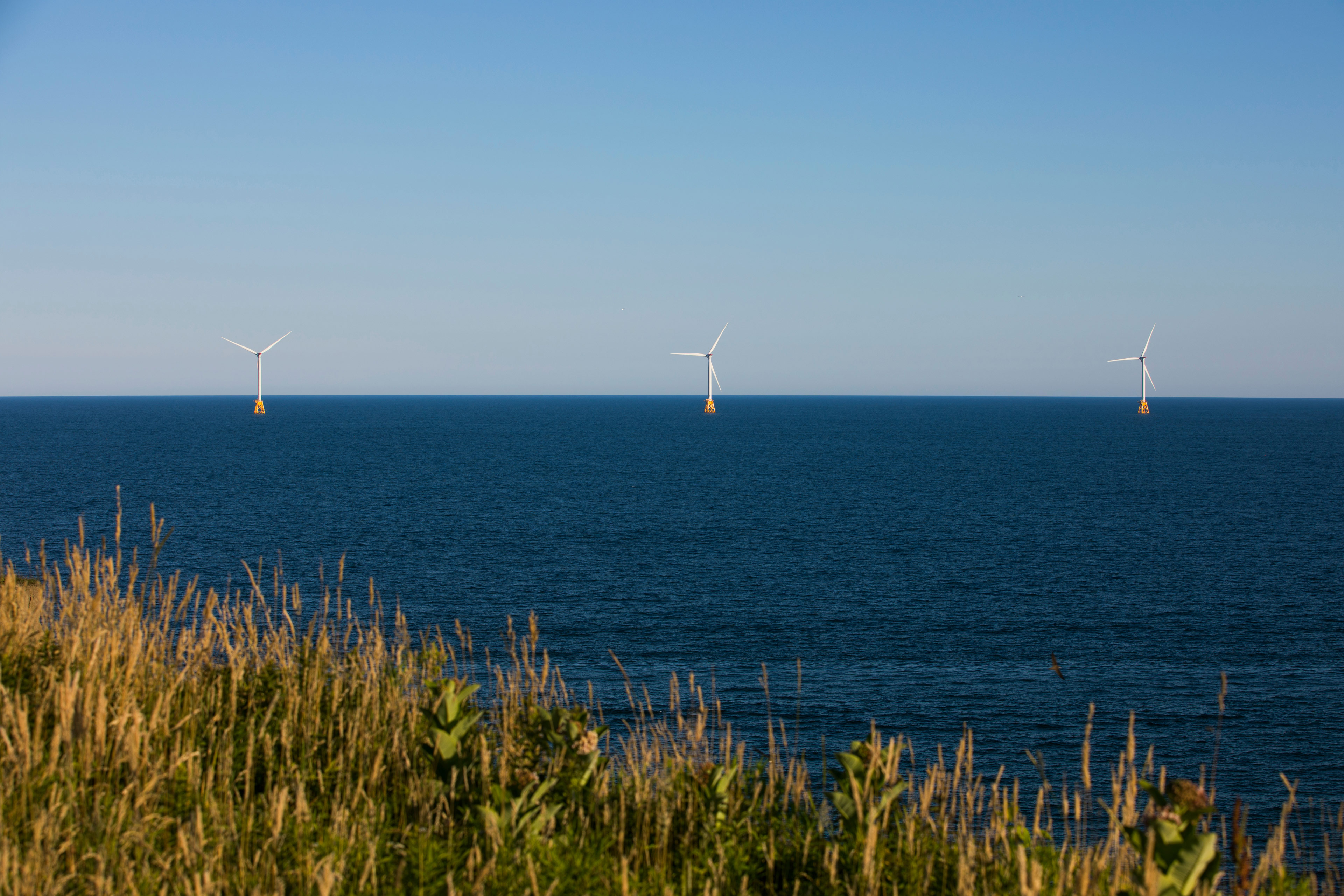EY refers to the global organization, and may refer to one or more, of the member firms of Ernst & Young Global Limited, each of which is a separate legal entity. Ernst & Young Global Limited, a UK company limited by guarantee, does not provide services to clients.

With EV sales declining, this article looks at how state-backed measures can boost adoption, helping Ireland meet its climate targets.
In brief
- Decarbonising and electrifying transport is essential for Ireland to meet its climate targets and legally binding carbon budgets by 2030.
- Sales of electric vehicles in Ireland slowed, down 23.6%, due to concerns about affordability, charging infrastructure, and trade-in values.
- To boost EV sales and adoption, state-backed measures needed now include expanded charging infrastructure, enhanced financial incentives, and flexibility incentives.
The transport sector in Ireland is undergoing a pivotal transformation towards sustainable mobility. Accounting for approximately one-fifth of Ireland's total carbon emissions – with passenger cars alone responsible for nearly half of that – the decarbonisation and electrification of vehicles will be essential for Ireland to deliver on its climate targets.
While the UK “recorded annual EV volume and market share at 19.6%¹” in 2024 (as reported by the Society of Motor Manufacturers and Traders), Ireland’s numbers have slowed. The Society of the Irish Motor Industry (SIMI)’s official new vehicle registration statistics for 2024 reported a 23.6% decrease in EV sales compared to 2023², highlighting the ongoing challenge. The fifth annual EY Global Mobility Consumer Index report on consumer sentiment indicates concerns around EV affordability, subsequent battery replacement costs, the availability of adequate public charging infrastructure, duration of charging time, range, depreciation and future trade-in value, and the environmental impact of manufacturing EV batteries.
While there are signs of a turnaround, enhanced state-backed measures – including those recently proposed in the draft Programme for Government 2025 – are needed now to recharge the drive in the adoption of electric vehicles.
Legislative and Regulatory Landscape
The Alternative Fuels Infrastructure Regulation (EU) 2023/1804 (AFIR) has been introduced as part of the broader ‘Fit for 55’ package and includes measures to ensure:
- Minimum infrastructure to support the required uptake of alternative fuel vehicles across all transport modes;
- Full interoperability of this infrastructure;
- Comprehensive user information and adequate payment options at alternative fuels infrastructure (e.g. at EV charging points).
The regulation sets a number of mandatory targets for the deployment of this infrastructure. In Ireland, to support the implementation of AFIR, the Department of Transport opened a public consultation seeking feedback to inform the development of an updated National Policy Framework for Alternative Fuels Infrastructure in Transport³. While the updated framework has yet to be published, it will complement existing:
- Frameworks, including the National Road EV Charging Network Plan (National Road Network EV Charging Plan and Regional and Local EV Charging Network Plan);
- Legislation, including S.I. No. 535/2022, the ‘Part L Amendment’ to Building Regulations 1997 to 2022, which sets out new regulations on charging infrastructure in building developments.
In addition, it will enable the delivery of 2030 Climate Action Plan targets, including 845,000 passenger EVs, 95,000 light goods vehicles, 3,500 HGVs, and 1,500 EV buses. While the overall number of electric, hybrid, and plug-in hybrid vehicles on Irish roads continues to increase (per graph below), a significant uplift in sales is needed in the coming years to meet the ambitious CAP targets.
Yearly growth in electric, hybrid electric and plug-in hybrid private car registrations (cumulative)
Image shows a graph demonstrating the growth in electric, hybrid electric and plug-in hybrid private car registrations between 2015 and 2024. While the overall number of EVs on Irish roads continues to increase, sales of EVs in Ireland slowed in 2024 (down 23.6% compared to 2023); new EV registrations are not currently at the pace or scale needed to meet ambitious Climate Action Plan targets.
Existing Measures and Areas of Focus
En-Route Charging Infrastructure
- TII and ZEVI have partnered to introduce the EV Recharging Infrastructure Light Duty Vehicle National Road Grant Scheme:
- Funding of up to 70% of eligible costs (capped at €300,000).
Tax Incentives
- VRT relief based on Open Market Selling Price (OSMP):
- OSMP < €40,000: Up to €5,000.
- €50,000 > OMSP > €40,000: Reduced level of relief.
- OSMP > €50,000: €0.
- Relief for hybrid and plug-in hybrid vehicles expired on 31 December 2020.
- Battery electric vehicles (BEVs) qualify for the lowest tax band of motor tax.
Financial Incentives and Grants
- The SEAI administers a range of EV grants:
- Passenger BEVs: Up to €3,500.
- Light commercial BEVs: Up to €3,800.
- Large panel BEVs: €7,600.
- Purchase and installation of an EV home charger unit: Up to €300.
Measures Needed for Acceleration
Additional state-backed measures are needed now to recharge the drive in the adoption of electric vehicles. Policymakers should:
- Identify and address barriers to drawing down available en-route charging infrastructure funding; additionally, subsequent grant scheme phases should look to encompass all national single and dual carriageway roads.
- Review all OMSP thresholds and, accordingly, consider increasing VRT relief; additionally, as set out in the draft Programme for Government 2025, policymakers should review customs duties on second-hand EV imports.
- Consider a capped increase in EV purchase grants, restoring the amount available to motorists to pre-July 2023 levels (€5,000); additionally, consider extending financial incentives to used EVs.
- Work with the regulator and system operators to launch a flexibility awareness campaign, consistent with actions set out in the CRU’s National Energy Demand Strategy; this will reduce barriers to entry and create the conditions in which BEVs can readily participate in flexibility.
Summary
The decarbonisation and electrification of transport will be essential for Ireland to deliver on its climate targets, per the Climate Action Plan; however, sales of EVs in Ireland slowed in 2024, driven by concerns around affordability, charging infrastructure, and future trade-in values. 2024 Q4 sales indicate a turnaround in 2025, but enhanced state-backed measures are needed now to recharge the drive in the adoption of electric vehicles. These measures include expanded charging infrastructure, enhanced financial incentives, enhanced tax incentives, and new flexibility incentives.
Related articles
Why AI and Energy are the New Power Couple for Green Transition and Transformation
AI and energy, the "new power couple," are transforming the industry with innovative solutions and policies driving sustainable growth.
Can Ireland unlock network challenges towards a lower-carbon future?
According to the latest EY Renewable Energy Attractiveness Index, Ireland ranks highly for renewable energy but network gridlock and high capital costs pose consistent challenges to be overcome.
5 ways Large Energy Users can support low-carbon security of supply
How can Large Energy Users (LEUs) ensure security of energy supply while not increasing carbon emissions? Here's 5 measures they can take now.





